Just Jump
Supply Chain Shaman
MARCH 21, 2024
We explore the concept of holistic inventory strategies focused on the form and function of inventory. In the process, we learn that only 15-20% of inventories are safety stock and that the current APS frameworks do not enable a holistic analysis of the form and function of inventory. Lack of aligned metrics.

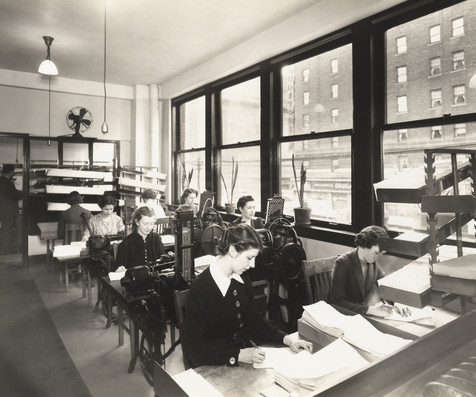

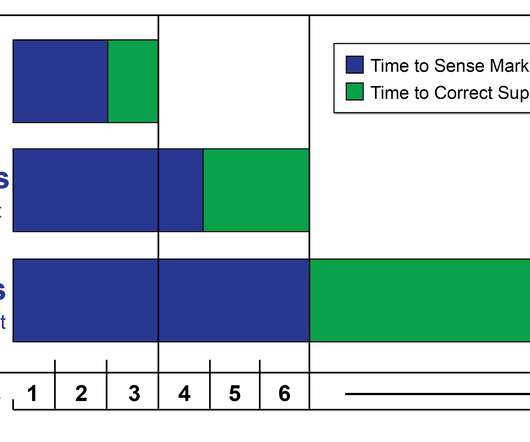
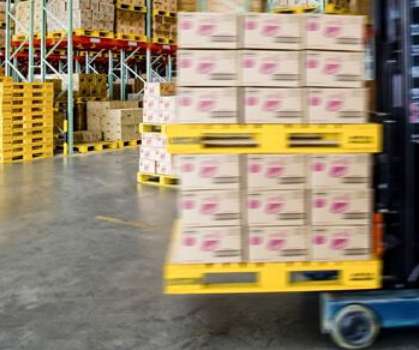




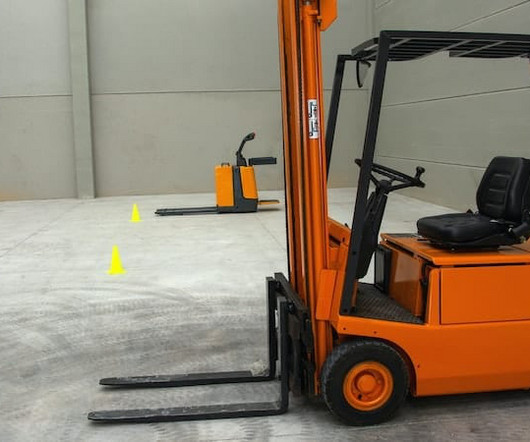

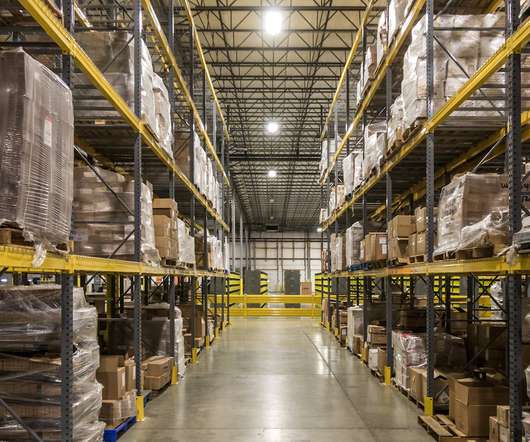











Let's personalize your content